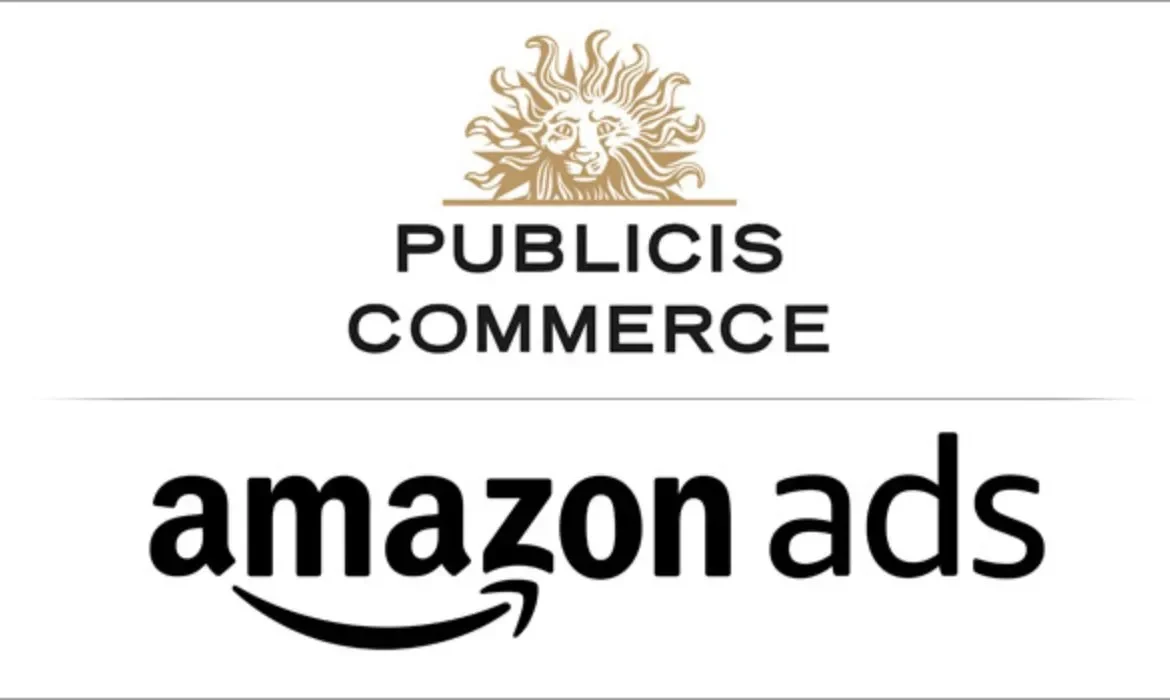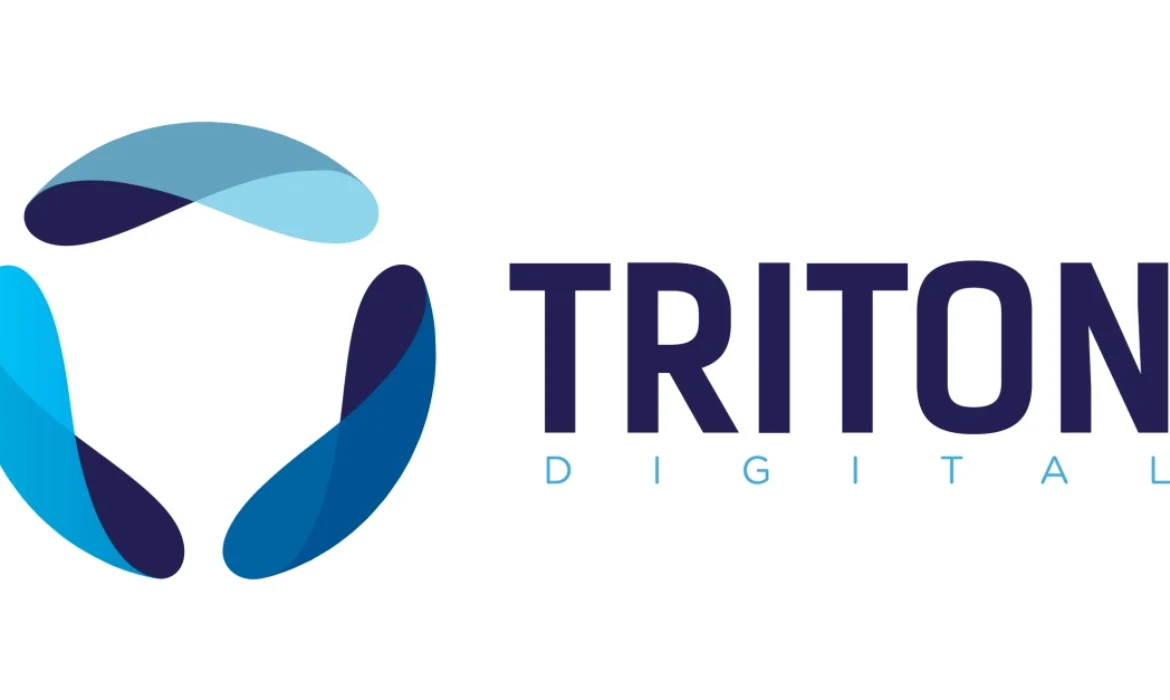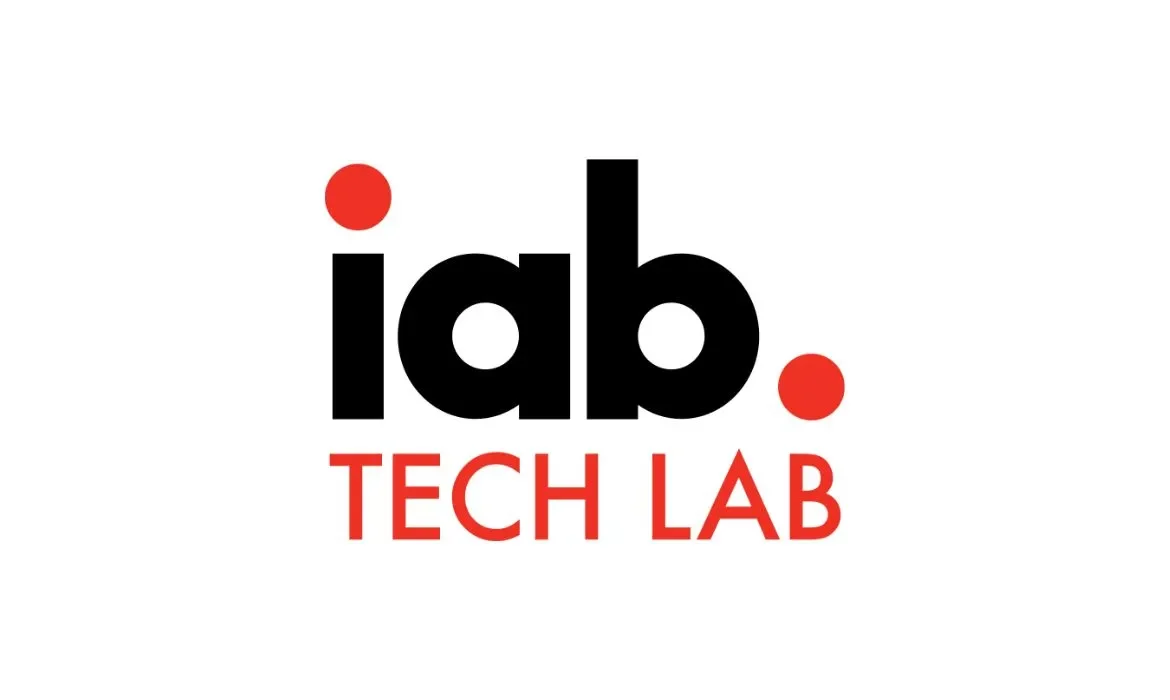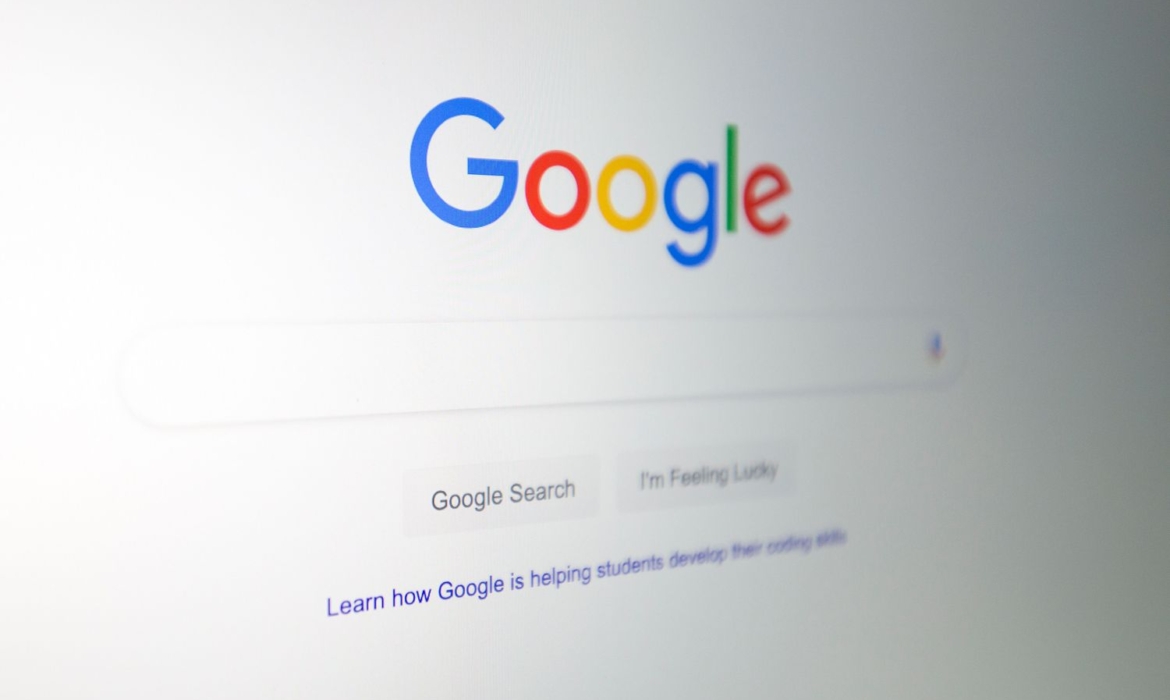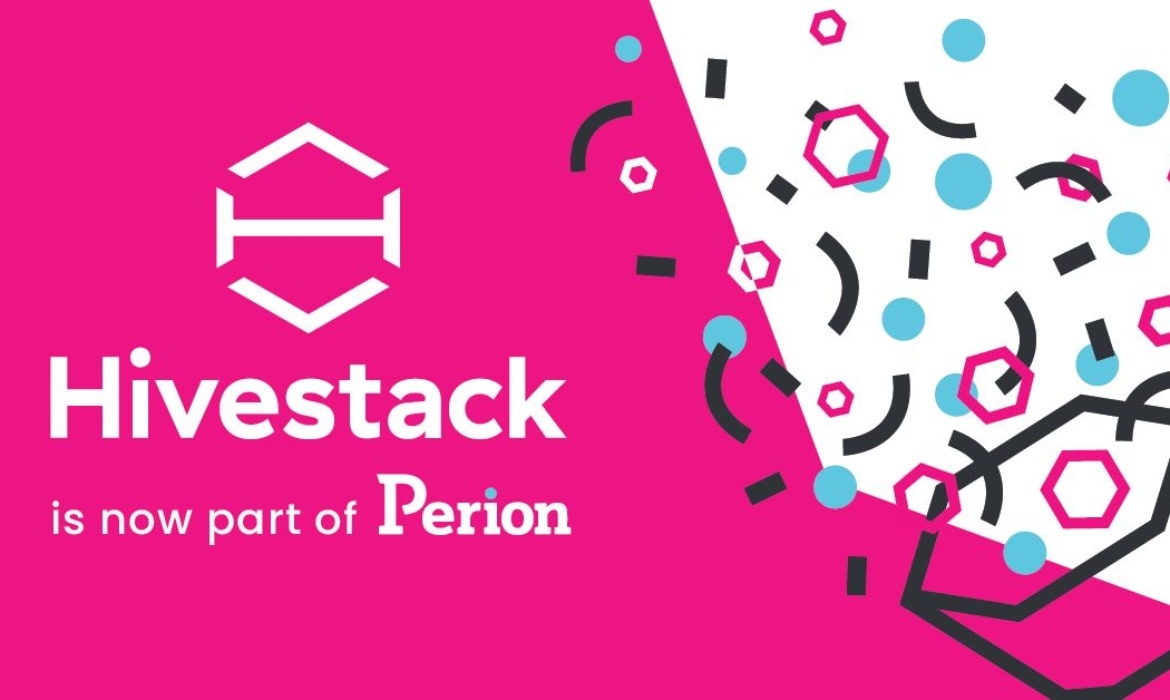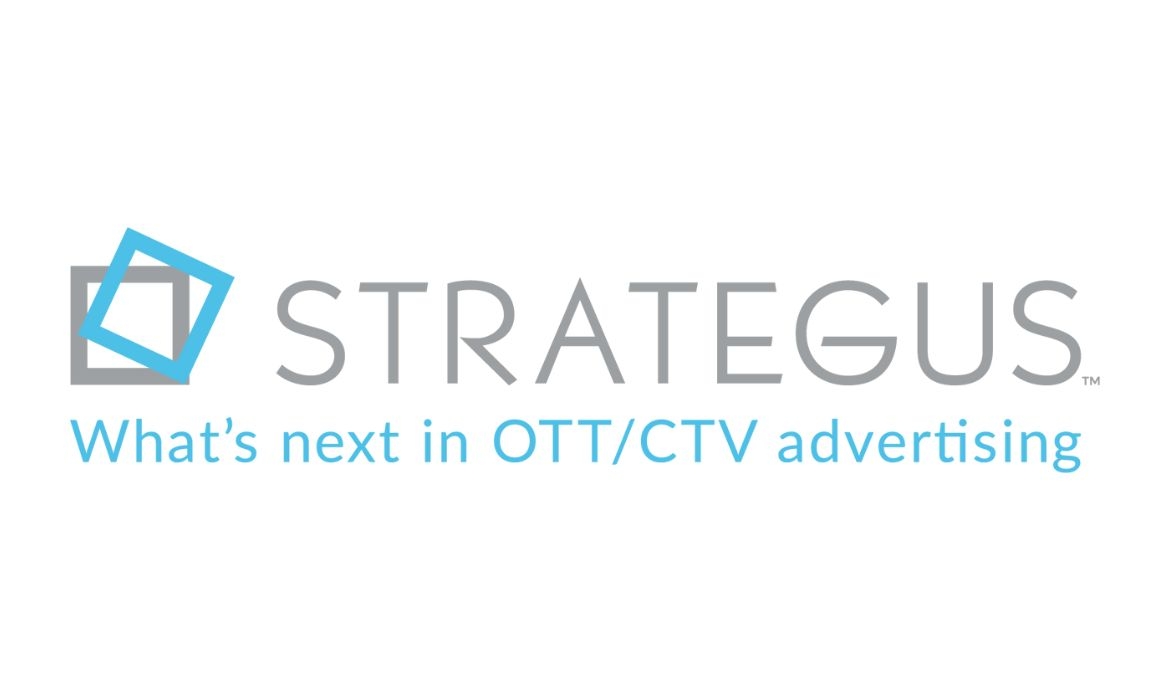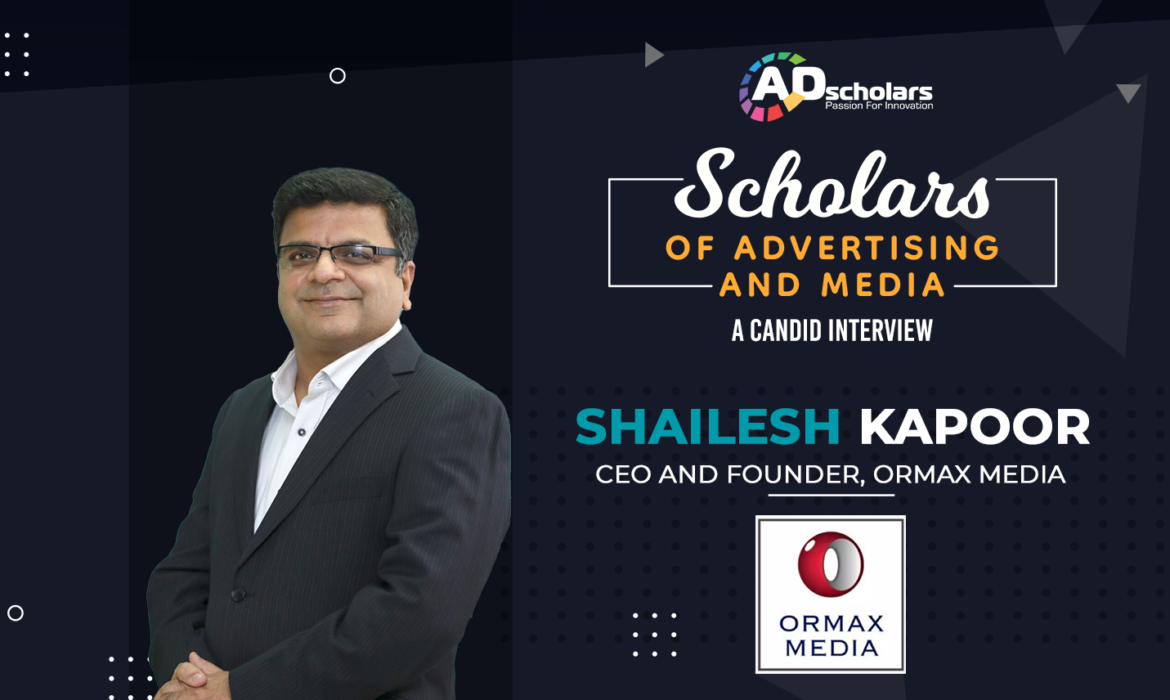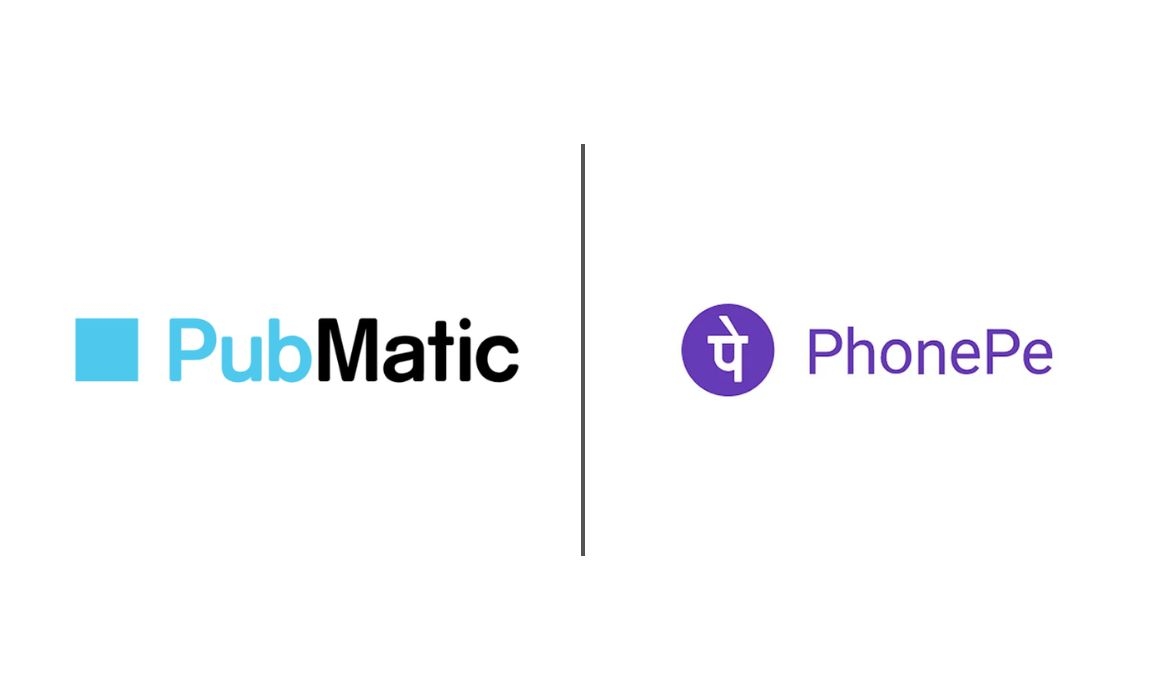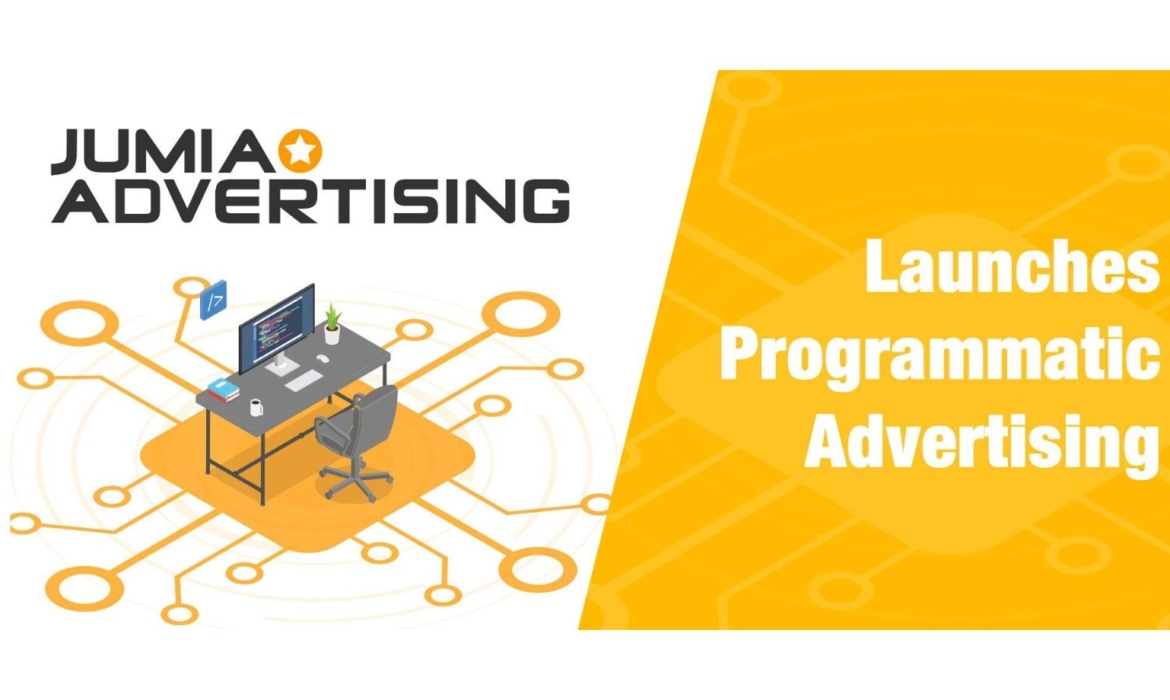Havas Maher Saad El Din: Navigating Media’s Shifting Landscape
Explore Maher Saad El Din, Media Director at Havas Media Group, remarkable over 17 years journey in advertising and media. From local agencies to multinational giants, he shares stories of growth and innovation and insights on trends, challenges, and his dedication to local talent. In this exclusive interview, get a closer look at Maher’s views on industry changes, the Saudi Vision 2030, and exciting technologies, like scent marketing and the metaverse.
With 17 years of experience in the advertising and media industry, can you take us through your professional journey and your role as the Media Director at Havas Media?
As you mentioned, 17 years is a significant period, and much has transpired during those years, making it challenging to cover everything. I’ll try to be brief!
I initiated my career in the industry at a local digital agency called Admark. I cannot emphasize enough how crucial that start was for me and how much I appreciate the opportunity that Dr. Nasser Nabulsi gave me. Working with him, I learned a great deal. It was an interesting time, witnessing the inception of the big digital ad boom and the launch of staples such as Google AdWords and Facebook.
My next step marked my first interaction with a multinational agency when I joined Drive Dentsu offices in Riyadh. I consider it my first true venture into the industry. While I hold dear my beginnings at Admark, it was a small company with a very small team. Stepping into the “Big Leagues,” as they say, with Drive Dentsu was an exciting and intimidating move.
From there, I started to discern my preference in the digital equation, leading me to Starcom during its golden age. Although my time there was shorter, I would not be who I am in the industry without that experience.
Then came my initial encounter with a local agency, iCom, one of the largest media companies in Saudi at the time. They had clients such as Saudi Airlines, ALJ’s entire portfolio, HHA’s entire portfolio of motor companies, NCB, Riyad Bank, and SADAFCO, to name a few. Company founder and visionary Nabil Bakr recognized the growth in digital media and recruited me in 2013 to bring the company into the digital age. Despite facing challenges, especially after the 2016 market crash, it remains the best experience I’ve had in the industry and one that I still miss. Even with a smaller team than we started with, we secured significant clients like Jeddah Season, Riyadh Season, PIF’s FII, Tasheel financing, and a few more. Unfortunately, COVID hit us hard, and iCOM never recovered.
I navigated for a couple of years, landing at UM in 2020 and then Mediacom in 2021 before finally settling at Havas Saudi as Media Director. Here, I find my passion reignited and an atmosphere that encourages cooperation in the best possible way.
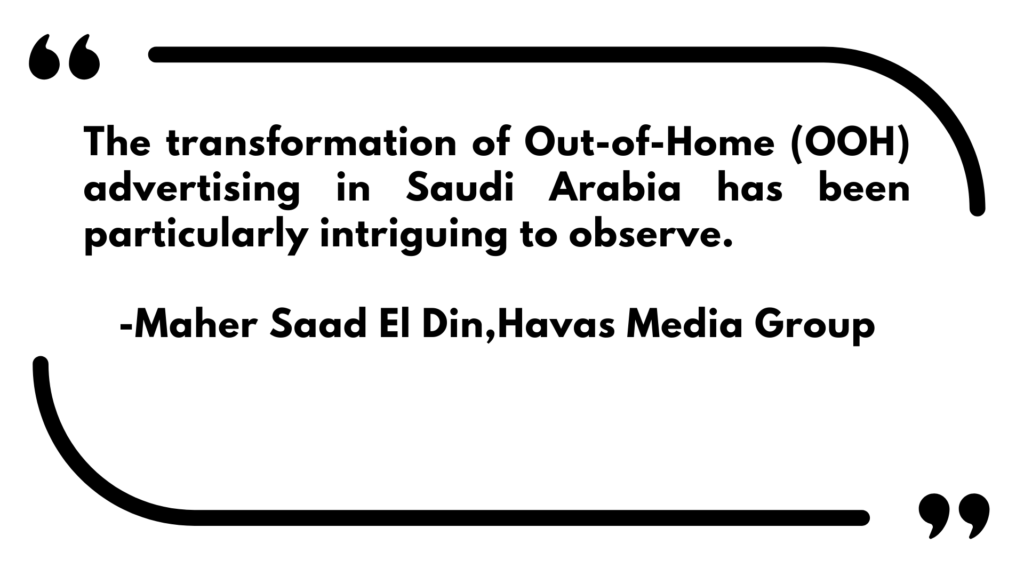
How has the advertising landscape in KSA changed over the course of your career? What upcoming trends do you see this region adopting in the future?
Having steered through the industry for over 16 years, it’s fascinating to witness its evolution from a newspaper/TV-centric landscape, where the private sector led the way, to a digital/outdoor-driven environment fueled by government and semi-government initiatives.
The most concerning trend currently is the looming cookieless future, with no tangible solutions in sight and regional companies evidently unprepared for the impending transition, barring a selected few.
In terms of exciting developments, the transformation of Out-of-Home (OOH) advertising in Saudi Arabia has been particularly intriguing to observe. Anticipating forthcoming changes and the promise of increased transparency and accurate measurement have me eagerly awaiting what comes next!
What are your insights on the Saudi Vision 2030? How will you align with it and how will the development plan affect the advertising and media landscape in KSA?
As someone born and raised in Saudi Arabia, I’m still awestruck by the remarkable strides the country is making! Since the launch of the Vision, it consistently surpasses expectations, leaving me to ponder each morning on the potential yet to unfold before reaching its 2030 goals—a thought that never fails to bring a smile.
My enduring goal, evident throughout my career, is to actively contribute to the development of local talent in every company I’ve been a part of. It remains my unwavering priority when forming teams. I eagerly anticipate the day when I can confidently pass the baton to a skilled and inspired team of Saudi talents, poised to navigate the next phase in the Kingdom’s industry evolution.
In the past decade, smartphones have revolutionized mobile marketing, particularly social media marketing. How will 5G further enhance mobile marketing?
Smartphones have facilitated the evolution of social media, transitioning from the static desktop era with limited access and the minimal interactions of platforms like Facebook and MySpace to a dynamic mobile platform that remains connected 24/7. This transformation is evident in the regular updates of images and GIFs on platforms such as Twitter and Instagram.
The advent of 5G connectivity has propelled us further, ushering in an era of almost omnipresent video platforms like Snapchat and TikTok. Our lives are now recorded and shared with the world. 5G holds more potential, particularly in the realm of the Internet of Things (IoT), where it becomes the primary means of interacting with our home devices. The next phase of automation is on the horizon, and we’re on the verge of experiencing seamless connectivity.
Imagine a world where even household appliances like the Washing Machine and Dryer interact seamlessly, efficiently folding and putting away laundry. Such innovations could free up valuable time, allowing us to savour life’s moments even more!
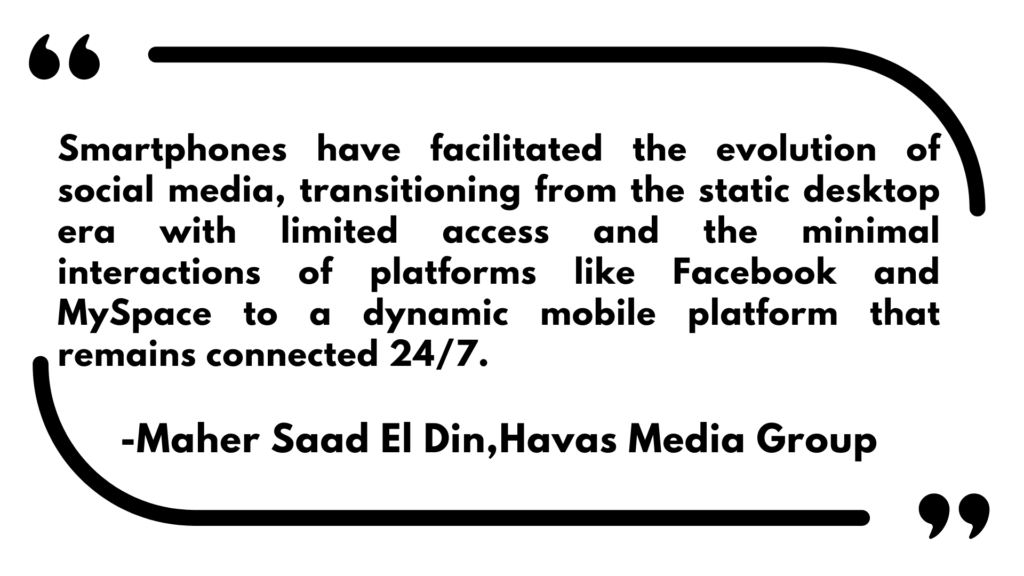
As we move into 2024, we will see a significant rise in the adoption of artificial intelligence and generative AI. What are your thoughts on the implementation of AI in marketing? How will it benefit advertisers and media agencies?
As exciting as the prospects of Generative AI are, we need to take a step back and not fall into the trend cycle that our industry often succumbs to. While I agree that it is advancing rapidly and will be immensely beneficial in the long run, it is crucial that we channel our excitement into making GenAI more of a tool to eliminate all the tedious tasks, rather than one to replace human creativity and hard work
Cutting-edge technologies are paving the way for future advertising. Brands are now trying to advertise in the metaverse to stay ahead of the times. How do you think this technology will perform in the years to come?
I don’t foresee a future in the Metaverse at all, to be honest. The barrier of entry is excessively high, requiring an intensive amount of work to create an underwhelming experience that, for consumers, has been more of a gimmick than anything else. However, I firmly believe there’s potential in integrations with well-established virtual environments like Fortnite, Minecraft, and especially Roblox. This approach seems more promising, given the declining engagement of younger generations, Gen Z and Gen Alpha, on traditional social platforms. It’s noteworthy that such integrations are proving to be significantly more popular with brands. The cost of entry on Roblox is notably lower than that of current Metaverse versions, and it comes with the additional advantage of an already established audience.
Scent marketing is one of the most interesting forms of marketing, but brands do not extensively use it. How can brands use this form of marketing to entice audiences?
The sense of smell stands out as one of the most powerful memory triggers the human mind possesses. However, its limitation to a specific area poses a challenge when trying to use it in a broad system outside of enclosed spaces, such as malls and shops. I genuinely believe that a clever execution of this concept can be achieved by non-traditional brands, including automotive, paint, colouring pens, and even event promotions.
What are your predictions in terms of the advertising and media landscape for the year 2024? What are some of the trends and industry analyses you see brands and agencies adopting this year?
The trend I hope to see continue its growth is the strategic omnichannel approach to communication. It goes beyond separating online and offline strategies, embracing a holistic perspective that seamlessly integrates both in a meaningful way. I’m also keenly intrigued to witness the evolution driven by machine learning algorithms, addressing the challenges posed by the loss of 3rd party cookies and traditional conversion tracking. In an era where clients increasingly focus on the bottom line and the lower funnel, the industry faces the task of navigating out of the cookie-shaped challenge created by the overpromises of the past. Let’s hope valuable lessons have been learned this time.
Publicis Commerce India and Amazon Ads Collaborate to Release Digital Growth Marketing Playbook
Publicis Commerce India has announced the release of the inaugural Digital Growth Marketing Playbook. The playbook, when used in tandem with Amazon Ads, describes how advertisers can embrace a growth marketing strategy, moving away from concentrating on stand-alone campaigns and toward considering how marketing can help achieve overall business growth.
The objective of the digital growth marketing playbook
The purpose of this playbook is to give a marketer’s perspective on growth marketing and to offer specific actions that a brand can take to facilitate growth marketing. It clarifies the top worries that marketers have, with a focus on short- to mid-term growth, especially in response to evolving consumer preferences and behaviors.
It lists the main obstacles that marketers must overcome as rising costs, unpredictable demand, technological disruptions, and heightened competition. The Digital Growth Marketing Playbook provides strategic steps for brands to successfully adopt growth marketing and offers insights into marketers’ perspectives on the strategy, based on a survey of 100 senior marketers. The playbook includes brand-specific strategies that consider the unique opportunities and problems that every business cohort encounters.
CX in digital advertising
The playbook also examines the evolution of the customer experience in digital advertising, adding conversion and retention to the marketing funnel and explaining why it is important for brands to look beyond return on advertising spend (ROAS). Key performance indicators such as customer lifetime value, the share of branded searches, and new-to-brand customers are also highlighted.
Levers of business growth
Three main levers are identified in the playbook for business growth:
- Get new clients: leveraging important events and managing both short- and long-term growth to reach new audiences and progressively increase market segment share.
- Enhance Share of Wallet: Introduce new products and promote expansion with highly valuable customer experiences.
- Boost Loyalty: Long-term success depends on attracting and keeping consumers who are committed to your brand.
Read More: Publicis Groupe Plans €300 million AI Investment, Unveils CoreAI Platform
These company growth levers correspond to important growth marketing strategies that instruct marketers on how to adapt their strategy, adjust execution, and gauge success. Growth marketers are using retail media channels more and more frequently. Retail media is fully understood by 97% of marketers, and 69% of them have used it or are currently using it for growth marketing initiatives.
Use of retail media formats
To improve reach and performance, the playbook suggests utilizing a variety of retail media formats, such as display and video ads in addition to native ad formats. Additionally, it promotes the adoption of an “always-on” advertising approach to raise brand awareness and volume of brand searches.
Here’s what they said
Anshul Garg, managing partner & head at Publicis Commerce India, said,
“Growth marketing goes beyond a mere collection of brand awareness and general promotional marketing strategies. It signifies a shift in the approach to marketing and placing comprehensive growth at its core. Armed with Digital Growth Marketing Playbook’s strategic insights, marketers can fully harness the potential of growth marketing to elevate their businesses to unprecedented levels of success.”
Kapil Sharma, director, of growth customer sales at Amazon Ads, added,
“Growth marketing can help brands across all categories and price points to unlock additional opportunities with strategic and long-term focus towards marketing. The inaugural edition of the Digital Growth Marketing Playbook offers directional steps to brands in the marketing world, providing insights, strategies and practical guidance to help businesses of all sizes achieve their goals.”
Read More: Publicis Groupe ME Appoints Ahmed Younis as CCO for Publicis Communications KSA
Triton Digital Integrates Amazon Publisher Services for Interactive Audio Ads
Triton Digital, a global technology and services leader in the digital audio, podcast, and broadcast radio industries, has announced an integration with Amazon Publisher Services (APS), which will provide Amazon DSP advertisers with access to premium audio inventory on a large scale. Additionally, Triton’s Audio Marketplace, which generates over 100 billion impressions monthly, for the AP’s clientele, the union increases Triton’s audio ad inventory for current APS publishers. Through this integration, shared APS and Triton Digital publishers can display Amazon Ads’ distinctive interactive audio ads on Alexa-enabled devices, providing listeners with an engaging advertising experience and publishers with improved inventory monetization.
Triton Digital announces integration with APS for audio ads
Through the combination of these platforms, publishers and advertisers can now use an extensive toolkit to improve their advertising campaigns. The digital advertising industry stands to benefit greatly from the combination of Triton Digital and APS. First off, by providing listeners with more pertinent and interesting content, it promises to enhance their advertising experiences. Because of improved audience engagement and retention, publishers have more opportunities to monetize their content.
Future of interactive audio ads
The future of advertising is interactive audio commercials, which offer dynamic and captivating mediums for brands to engage with their target audience. Triton Digital’s experience in this field maximizes the potential of these kinds of advertisements by presenting creative solutions to produce captivating and interactive experiences. Amazon Ads creates interactive audio ads, a creative ad format that allows users to stay in the streaming audio content they are currently enjoying while also inviting them to set reminders (“Alexa, remind me”), request more information via email or push notification (“Alexa, send more info”), and even add items to their Amazon shopping cart (“Alexa, add to cart”).
Read More: Paramount to Utilize iSpot As Currency Measurements for TV Ads
Access to audio audiences
With over 100 billion audio impressions monthly, the Triton Audio Marketplace gives marketers and agencies access to one of the largest single pools of audio audiences, enabling them to transact on all types of audio inventory. When combined with the exclusive audience signals provided by Amazon Ads and the wide range of options provided by Amazon DSP, advertisers, and publishers can create deeper connections while publishers can generate revenue from their inventory through innovative means.
Triton emphasizes the value of interaction, citing survey data from a study by Amazon Ads and Kantar that found audio streamers were 75% more likely to respond to an advertisement with a voice command. A recent study by Amazon Ads and Kantar found that voice-command ads have a 75% higher response rate than audio streamers. Additionally, Kantar discovered that when compared to traditional audio creatives, interactive audio ads generated greater consideration (1.3x) and purchase intent (2.3x).
Here’s what they said
John Rosso, President and CEO, of Triton Digital said,
Amazon has had a long-lasting impact in the advertising space, introducing new ad formats and delivery vehicles that have transformed the audio industry. We’re delighted that APS has invited Triton Digital technology to provide interactive audio ads to shared publishers and are confident in its enhancement of the listener experience.
Steve Rabuchin, VP of Third-Party Supply at Amazon Ads added,
We’re excited for publishers that use Triton Digital and APS to make their quality content more easily available to advertisers using Amazon DSP. We look forward to learning more about how audiences engage with interactive audio ads, which will enable listeners to respond to advertisements without being distracted from the stream.
Read More: AdTechStats 2023 By ADScholars: Understanding the Ad Trends To Strategize Advertising in 2024.
IAB Tech Lab Launches Working Group to Update India’s DPDPA 2023
A new era of data protection was ushered in when India’s Digital Personal Data Protection Act (DPDPA) went into effect on August 11, 2023. Digital advertising is anticipated to be significantly impacted by the law. To update the DPDPA 2023-specific details, the IAB Legal Affairs Council plans to form a dedicated working group. It will be formed under the Cross Jurisdiction Privacy Project (CJPP) – India. Meanwhile, brands and agencies will collaborate to understand how they must comply with the new legislation.
IAB’s global collaboration
IAB, IAB Tech Lab, and IAB Southeast Asia and India teams will make up the India chapter. It started a cooperative process in February and requested everyone’s approval before going public. It has asked for collaborative input from all members. This is especially policy teams, on comprehending and interpreting Indian law for the Global Privacy Platform (GPP). This has led to the creation of the GPP. It combines regulations from the General Data Protection Regulation (GDPR) and other sources. Furthermore, it ensures that multinational corporations operate seamlessly across regulatory landscapes.
Global members of the IAB Tech Lab are inherently included in this working group on technology and policy. These include industry heavyweights like Google and The Trade Desk (TTD). But its objective is to promote involvement from companies that are specific to India, like brands and local ad tech providers like ESPs or proprietary ad stacks like The Times of India.
Valuable local and international insights
It is anticipated that the upcoming CJPP – India chapter will give professionals from both local and international businesses valuable insights into how India’s recently passed privacy law is being implemented in the digital advertising industry. Its main goals are to update the CJPP – India chapter and provide legal inputs to improve the Global Privacy Platform (GPP) technical specification by the IAB Tech Lab. The latter will include a special section that addresses the implications of the DPDPA.
CJPP provides a summary of digital advertising regulations across several jurisdictions, including the US, Europe, and Brazil. It was developed following a thorough policy analysis based on regional legislation, such as India’s DPDPA, in cooperation with local IABs in the US and Europe. Currently, that cooperation is being expanded to include IAB Southeast Asia.
Read More: Google Reaches $5 Billion Class-Action Privacy Lawsuit Settlement
Expert Insights
According to Michael Hahn, EVP & general counsel, IAB Tech Lab, the chapter in the CJPP compendium needs to be revised to better reflect the new legal framework. The DPDPA raises the bar for privacy regulations in the industry. Moreover, it highlights how important it is to consider how to communicate customer privacy preferences throughout the digital ad ecosystem. It aims to improve the legal inputs for the GPP technical specification to establish accountability. As a result, publishers, ad tech intermediaries, and advertisers will be able to connect seamlessly and ensure that consumer privacy preferences are followed in compliance with local laws.
The CJPP has been one of Hahn’s most important initiatives. According to him, the project’s goal is to simplify legal comprehension and communication in the intricate world of international digital advertising.
IAB Tech Lab’s executive vice president, product, and chief operating officer Shailley Singh stated that the country’s new digital laws have made the establishment of an Indian chapter imperative.
Handling personal data with IAB Tech Lab
It is anticipated that the legal inputs for the India section of the IAB Tech Lab’s GPP technical specification will enable industry players to send out signals about the proper handling of customer personal data. Contractual agreements can utilize this information to incorporate assurances and guarantees about these signals. Furthermore, it is anticipated that this procedure will establish the foundation for a technical framework. This will guarantee market compliance.
IAB Tech Lab will encode the results into a transparency and consent string after CJPP and policy formulation. This string permits usage for things like behavioral advertising and data selling. Responders are informed of acceptable data usage and advertising when this encoded string is sent along with the ad request, which is selected by the user.
Read More: Omnicom, NBCUniversal Pioneer Program-Level At-Scale Reporting
Here’s what they said
Shailley Singh, executive vice president, product and chief operating officer, of IAB Tech Lab said,
This chapter will address the impact on the framework, creating specific elements for India to be integrated into the GPP, ensuring uniform functionality worldwide. The challenge is to align the consent management framework with the global standard. Our approach involves active engagement with our member community and not isolated decision-making. This process ensures a thorough collaboration, incorporating diverse perspectives and legal interpretations. We invite all entities in the advertising realm—publishers, agencies, brands, and Indian ad tech companies—to actively engage in this initiative
Furthermore, she added,
Previously, we adhered to an international framework, but now, with the need to adapt to India’s laws, adjustments are required. The GPP includes a general header for ad origin and consent details, with specific sections for each jurisdiction. A dedicated section for India will be added, ensuring accurate decoding of user permissions from the numerical string when impressions are served in India.
Michael Hahn, EVP & general counsel, IAB Tech Lab commented,
Collaborating with IAB Southeast Asia and India, our objective is to offer the market an initial understanding of how the new Privacy Law applies to the digital ad industry. Drawing on our expertise in understanding data flows, we aim to provide an in-depth analysis, building on our prior work in 11 jurisdictions. Given the timing, this analysis stands as one of the earliest post-law implementation publications. The genesis was a practical problem – the disconnect between Chief Privacy Officers of global companies based in the US and local lawyers engaged overseas. It aimed to bridge this gap by analysing privacy laws within the digital ad use case, addressing concerns around identity, personal information, and data storage. Establishing working groups over a year, we navigated complexities across 11 global jurisdictions
Read More: IAB Tech Lab Launches Two Working Groups for AI and Privacy Sandbox
Google Plans to Phase-Out Chrome Third Party Cookies On January 4, 2024
Google revealed that, as part of a plan to phase out third-party cookies, which marketers use to track users, it will start testing a new feature on its Chrome browser. From January 4th, the tech giant will begin its much-awaited purging of the internet’s cookies. It will block them for 1% of Chrome users, or roughly 30 million people. Users will notice a small eyeball logo in the URL bar when Tracking Protection is enabled. In the event of disruption, they will be prompted to deactivate Tracking Protection for particular websites. They will also be given the option to disable it altogether. This marks a significant milestone in Google’s Privacy Sandbox project. The initiative seeks to replace cookies with what it claims is a more effective form of tracking for efficient user privacy.
Google finally intends to phase out third-party cookies
In the second half of 2024, Google intends to fully phase out the use of third-party cookies for users. This marks a significant first step in Google’s Privacy Sandbox Initiative. It aims to replace cookies with an alternative tracking mechanism called “Tracking Protection,” which Google assets in a more privacy-oriented manner. The initiative comes nearly four years after third-party cookies were disabled in Firefox and Safari.
However, the timeline is contingent upon resolving antitrust issues brought forth by the Competition and Markets Authority (CMA) of the United Kingdom. In addition to keeping an eye on the company’s largest revenue stream, advertising, the CMA has been looking into Google’s proposal to stop supporting some cookies in Chrome. This is because the watchdog is concerned it will hinder competition in the digital advertising space.
Read More: Google’s Phasing Out of Third-Party Cookies: A Paradigm Shift in Digital Advertising
How were third-party cookies beneficial to advertisers?
Cookies are unique files that let websites and advertisers track a user’s browsing behavior and identify them individually. Advertisers claim that the removal of cookies from the most widely used browsers in the world will restrict their capacity to gather data for customized advertisements and force them to rely more on Google’s user databases. Online organizations have used third-party cookies as their main method of tracking users’ activities for decades. These cookies give websites the ability to work with different businesses, like Google, to track users’ online activities. A significant change in digital tracking tactics is reflected in the impending demise of third-party cookies.
So-called “third-party cookies” have been the main method used by websites and tech companies to track users online for the past 30 years. For example, after a user has added shoes to their cart, they will see online advertisements for those shoes over time. Third-party cookies come into play here. These cookies enable websites to collaborate with numerous businesses, such as Google, to monitor user activity on the internet. Although it is fantastic for businesses, the fact that so many companies can retain user browsing history is terrible for user privacy.
Privacy Sandbox Initiative
Google stated that users can use the symbol to the right of the address bar to temporarily turn cookies back on for 90 days if necessary. It is incase if the website isn’t functioning properly without third-party cookies. If Chrome detects any problems with a website through indicators like repeated page refreshes, it will prompt the marketer to take this action. Chrome continues to track users, and it does so in a manner different from that of Firefox and Safari. However, the majority of users don’t bother switching browsers, and Google’s brand-new Chrome version is at least better for privacy as it discloses less information about the user’s online activities. As part of the Privacy Sandbox Initiative, Chrome users can choose to enable or disable cookie replacements. If users find the idea objectionable, they can still disable these tools through their browser’s settings.
Read More: End Of Third-Party Cookies, What Is There For Marketers: Takeaway!
Optional Tool to disable cookies
Google has added a new set of tools to the Chrome browser. These tools allow it to track users’ online activities in place of third-party cookies. Using this new strategy, users’ data is preserved on their devices by grouping them into discrete “Ad Topics.” Websites can request a user’s classified group but will not obtain personal data. This is different from traditional cookie-based tracking techniques. Websites can ask Google which categories users fall into. However, they will not be able to identify users precisely (at least not with cookies).
A strategic move aligning with rising user privacy concerns
Google’s strategic action is in line with an industry-wide trend toward enhancing user privacy. It is a result of increased regulatory scrutiny and consumer demand for stricter protection against unwanted data tracking and profiling. There will be some bugs because this is a significant alteration to the way the internet functions. Cookies are used for much more than just spying. They also store information about user logins, what they have in their carts, and many other useful features. Despite Google’s efforts to identify and remove malicious cookies, there will always be early failures
Read More: GroupM and Google Announce Post Third-Party Cookie Readiness Program
Perion Acquires DOOH Platform Hivestack for USD $100 million
Perion Network, which uses technology to connect advertisers and consumers across all major digital channels, announced that it has successfully acquired Hivestack Inc. Hivestack Inc. is globally recognized for its innovative full-stack programmatic digital out-of-home (DOOH) offerings. The deal includes a three-year employee retention and performance-based payment plan worth up to $25 million. Furthermore, it also includes US $100 million in cash paid at closing.
Perion’s Acquisition of DOOH platform Hivestack
Ordinary public spaces are transformed into dynamic experiences with DOOH advertising. It engages audiences with personalized, attention-grabbing content in real-time. Using state-of-the-art technology, it targets, delivers, and measures memorable, immersive advertisements that establish a connection between brands and consumers on the go. With the acquisition of Hivestack, a pioneer in programmatic DOOH technology since 2017, Perion is positioned to take advantage of its expected growth and enter an exciting new market.
A broader reach, a broader technology base
- The cutting-edge platform from Hivestack is in use in 32 nations throughout North America, EMEA, LATAM, and APAC. With this global reach, Perion will be able to take advantage of economic trends that affect advertising budgets around the world. Furthermore, it will also be able to provide a range of solutions in these new markets.
- This deal makes a substantial contribution to Perion’s diversification strategy. It will allow the establishment of a significant presence in the rapidly expanding DOOH channel. It is expected to grow at a 15.3% CAGR from US $21.5 billion in 2023 to US $30.7 billion in 2026, as per a PQ Media research report.
- Hivestack provides media owners with a range of specially designed software, such as the Head Bidder, SSP, and DOOH ad server. These are intended to manage, deliver, and optimize targeted advertising on digital screens to efficiently source demand and increase yield.
- In addition to tools for audience planning and campaign measurement, Hivestack’s DOOH DSP offers media buyers strong capabilities for locating ideal inventory and optimizing the efficacy and return on investment of DOOH advertising campaigns.
- This acquisition aligns well with Perion’s retail network strategy. Moreover, it is anticipated to generate opportunities for synergy with the company’s current advertising offering and business.
Read More: Hivestack Partners with Up Media to Expand Thai DOOH Market Share
Hivestack’s DOOH capabilities
GroupM, Dentsu, Uber, Colgate, Lego, InterContinental Hotel Group, Doordash, The Trade Desk, Xandr, Clear Channel, Lamar, and Stroer are among Hivestack’s agency, brand, ad-tech partner, and media owner clients. Perion serves clients like DraftKings, Kroger, Albertsons, BMW, HBO, and Nike. Through the acquisition, Perion will be able to expand its DOOH capabilities. Perion operates in all of the major digital advertising channels, including search, social, display, video, and connected TV. Perion has a $1.3 billion market capitalization and trades in both New York and Tel Aviv. Unlike many tech companies, Perion has produced positive returns over the previous five years.
Here’s what they said
Tal Jacobson, CEO of Perion said
We are excited about the acquisition of Hivestack, which both complements and advances our long-term growth strategy. Hivestack’s DOOH technology platform stands out by offering brands and advertisers what they crave the most: high-visibility creative, precise targeting, immediate impact, wide reach and measurement. In addition to advancing our diversification strategy, this transaction aligns with our objective to expand our technological capabilities and product offerings, and we will continue to pursue additional inorganic growth opportunities. We welcome Hivestack and its impressive team of professionals to Perion. We look forward to capitalizing on the synergies between Hivestack’s technology and Perion’s existing solutions, to provide clients an even more comprehensive, end-to-end offering.
Andreas Soupliotis, Founder and CEO of Hivestack, stated,
Joining Perion marks a significant milestone in our journey. The strength of our technology, coupled with Perion’s market expertise and compelling advertiser solutions, will result in new synergetic solutions that resonate with customers on a worldwide scale. We are thrilled about the endless possibilities that this unlocks.
Read More: Yahoo Partners with VIOOH for prDOOH and Twilio for First-Party Ad Reach
PubMatic and Intent IQ Join Forces with Strategus for CTV-to-iOS Retargeting
Intent IQ and PubMatic have joined forces with Strategus, a technology company that develops cutting-edge solutions for programmatic CTV advertising campaigns. The partnership will enable the retargeting of iOS users who have seen CTV advertisements. Advertisers can now reach valuable iOS audiences with the new cookie-less audience activation solutions, which improve CTV campaign results.
CTV-to-iOS Retargeting
As of June 2023, 54% of mobile phone users in North America were iOS users, according to Statista research. Apple iPhone owners are a desirable, young, affluent demographic that is often hard to target in digital advertising campaigns. The new Strategus solution combines the industry-leading knowledge of both companies in cookie-less and CTV advertising to successfully retarget iOS users. It is powered by the integration of Connect, PubMatic’s fully integrated and comprehensive audience platform, and Intent IQ’s cookie-less audience activation tool.
Intent IQ – PubMatic
- On behalf of its publisher partners, Intent IQ gathers and enhances data signals from over 800,000 websites. It generates a cookie-less audience that includes 180 million North American users for privacy-protected audience targeting and retargeting on their iPhones, Safari, and other cookie-less browsers.
- Using a Deal ID targeted at a custom audience of iOS users defined by first-party or third-party data, joint PubMatic-Intent IQ advertising partners can easily activate the addressable cookie-less audience that is integrated into PubMatic Connect.
- Leading CTV-managed service provider Strategus can identify viewers of CTV ads. It can retarget them directly on their iOS devices. It is all thanks to the combined PubMatic-Intent IQ integration, which enhances campaign performance for CTV brand clients.
Read More: PubMatic Announces Groundbreaking Data Collaboration with Experian
Here’s what they said
Joel Cox, co-founder and senior vice president of strategy and innovation at Strategus said,
This new technology solution is a significant breakthrough, as CTV advertisers can now retarget iOS users for the first time. The cookieless, privacy-safe approach to retargeting makes it possible for our CTV customers to improve the performance and maximize the ROI of their advertising campaigns.
Fabrice Beer-Gabel, Vice President of Strategy at Intent IQ added,
By combining our patented distributed identity technology with PubMatic’s programmatic infrastructure and Strategus’ CTV expertise, we can help marketers deliver immediate and improved value for their CTV advertising while also targeting the coveted iOS audiences. The new solution, powered by our cookieless universal ID and audience activation suite, will enable both better ROI for marketers and improved monetization for publishers.
Peter Barry, VP of Addressability and Commerce at PubMatic stated,
Buyers are increasingly looking for solutions that combine consumer privacy and advertiser ROI across channels and formats at scale. We are excited to be part of this collaborative effort to enable our clients to activate iOS audiences for CTV campaigns. Through innovative solutions like this, we look forward to helping publishers and buyers move beyond the limitations of anonymous targeting solutions to drive superior outcomes.
Read More: PubMatic Partners with PhonePe for Premium Mobile App Inventory and Audiences
Decoding Media Evolution with Shailesh Kapoor of Ormax Media
Shailesh Kapoor, CEO of Ormax Media, brings two decades of expertise to the Indian media industry. In this interview, he discusses the industry’s evolution, emphasizing the role of audience data and analytics at Ormax Media.
He sheds light on successful marketing strategies and the impact of influencer marketing in India. Discover how his insights and Ormax Media’s innovation collectively shape the industry, offering consumer-centric solutions and steering the future of media.
Having worked in media, TV, and marketing for more than two and a half decades, can you share your insights and your experience over the years?
The Indian media industry was in a fairly nascent stage when I started working in 1999. Over the last 25 years, there has been significant growth, especially with the digital medium coming in over the last decade. This growth has also attracted global players to India, bringing in best practices and processes. Yet, the Indian entertainment industry remains unique, relying equally on its chaotic energy and remaining instinct-led in large parts. One of our biggest challenges at Ormax Media has been to educate the industry about the value of audience data and analytics for more informed business decision-making. This remains a work in progress, especially in the South markets, where entertainment businesses are run in a more traditional way.
Viewership habits have changed amongst the Indian audience over the years. As a seasoned expert who has witnessed the evolution first-hand, can you shed some light on today’s viewership behavior?
Each medium has its unique role in the life of the viewer, and the viewing behavior of that medium reflects that. For example, television is the family medium, allowing families to spend quality time together every night—an essential need even more pronounced in today’s digital age. Despite the decline in appointment viewing, which was once crucial for television, there’s a noticeable shift amidst shorter attention spans. Surprisingly, the decrease in appointment viewing hasn’t resulted in increased channel flipping, as viewers prefer sticking to familiar shows and channels. In this evolving scenario, the Holy Grail of television has shifted from appointment to destination, emphasizing the channel’s significance over specific time slots in the competition for viewership share.
OTT is a medium for solo consumption or with those of the same group (spouse/siblings). Hence, it’s a more personal and intimate medium. Movie-going is an outdoor activity, equally about the social and communal experience as it is about the content itself. With the advent of digital media and the manifold increase in media choices available to the audience, including social media, viewing behavior is highly distracted. Anything that cannot hold the attention of the viewer for a few minutes will be rejected.

Social media and digital media have become increasingly popular, but they have also brought with them the rise of fake news and misinformation. What are your thoughts on this? Has this shift from traditional to digital been the primary cause of declining news credibility? If so, how can we combat it?
A lot of digitally savvy audiences still use print and television to ‘verify’ the news they see on digital/social media. That is the nature of online news: It will be high on immediacy but suspect on credibility. Building a credible news platform digitally requires one to build a strong brand, and this is where legacy brands, ranging from TOI to Jagran to BBC to Aaj Tak, have an advantage. One of the reasons TV news and print medium will continue to stay relevant is the credibility they bring in.
With the diversity of content available on these OTT platforms, people are shifting away from mainstream television. What is your perspective on advertising on these platforms? Would it help brands establish equity with their audience and reach the right audience?
Digital advertising, whether through platforms like YouTube or social media apps such as Instagram or Facebook or through AVOD apps, is on the rise. This is because a significant cohort of the younger, urban audience is consuming digital content more than television. Given that India is such a vast country with varied demographics, socio-economic groups, and geographies, both television and digital advertising will continue to be strong options for advertisers to choose from. The death of TV, as is often predicted, is a Western idea. In the Indian context, both mediums have a strong standing, and advertisers must choose the one (or both) depending on what fits the context, target audience, and messaging of their campaign.

There has been a tidal wave of influencer marketing in India, especially thanks to the popularity of Indian influencers. How do you think brands and advertisers can leverage influencer marketing in India to gain brand recognition?
The choice of the right influencer is important, because influencers may give reach, but don’t always ensure message credibility. Hence, brands must be careful in selecting influencers who are credible and fit the brand, and not just those who have the reach/ followers.
Can you take our readers through some of the methodologies you use to obtain industry insights? What are a few successful marketing strategies you have seen where advertisers took advantage of data insights from Ormax Media?
This is a vast topic, and we deploy a variety of methodologies, primarily in the areas of content testing, tracking media brands and campaigns, forecasting, and analytics. Our website has details of these methodologies for those interested in more information. Our work is primarily for media platforms (film studios, streamers, TV networks) more than advertisers. However, we work extensively with advertisers to help them choose the right media options and the right celebrity endorsers, among other services.
Our tool, Ormax Mpact, helps advertisers evaluate the success of high-impact brand activation, such as a big sponsorship or a roadblock. Our tool, Ormax Celeble, helps brands select the right endorser/influencer that fits the brand profile. We also have various industry reports that help advertisers understand the market size and growth of various sectors to build an outlook toward the sector’s health.
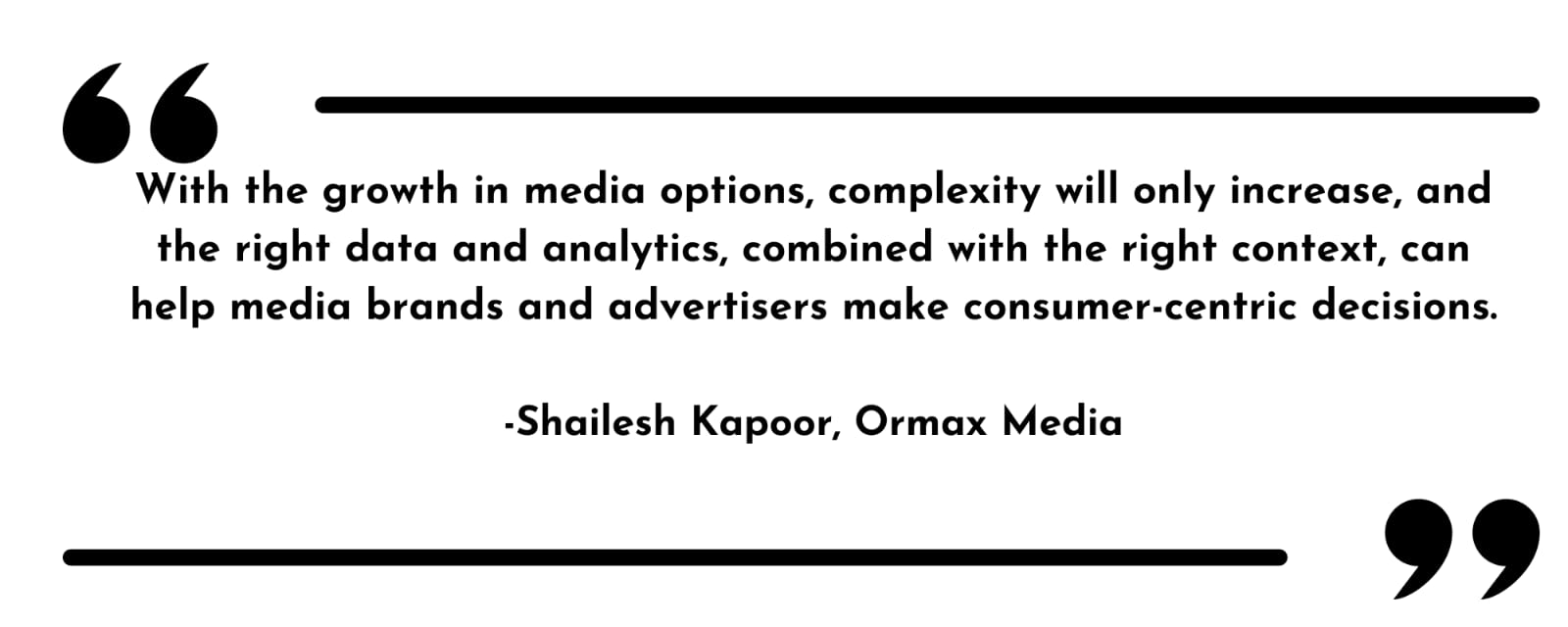
Are there any emerging or concerning trends you see in the future? How are you preparing yourself?
A definite trend that’s emerging is that the lines between different media are getting blurred. Today, Reels on Instagram are competing with long-format content like web series, for example. Yet, each medium and content type has its unique experience, making it relevant to its audience. A lot of our work post-pandemic is about understanding the nuances of media intersection. We do not buy into binary narratives, e.g., TV vs. OTT, OTT vs. theatres. Instead, our effort is to understand media intersection in the right context. For example, media choices of digital vs. TV for IPL will operate in a very different context compared to the audience’s decision to watch a new film in the theatre vs. OTT. With the growth in media options, complexity will only increase, and the right data and analytics, combined with the right context, can help media brands and advertisers make consumer-centric decisions.
PubMatic Partners with PhonePe for Premium Mobile App Inventory and Audiences
PubMatic, an independent technology company that delivers the supply chain of the future for digital advertising, and PhonePe, the top mobile payments and financial services platform in India, announced their partnership. PubMatic’s programmatic buying partners will now have access to PhonePe’s premium mobile app inventory and audiences thanks to this collaboration. The agreement offers Indian media buyers a unique opportunity to reach PhonePe’s Indic-language-speaking audiences in a variety of metropolitan and non-metropolitan locations, as the industry searches for sustainable and unique solutions.
PhonePe – India’s largest UPI ecosystem
With more than 500 million registered users and a 47% market share in India’s instant payments ecosystem through the Unified Payments Interface (UPI), PhonePe is a major player in the country’s transition to a cashless economy. PhonePe has teamed up with PubMatic to fully utilize its digital advertising inventory as part of its mission to drive product innovation and enable more customers and businesses to go digital.
Enhanced Audience Experience
PhonePe will make use of PubMatic’s cutting-edge programmatic technology to provide viewers with an improved user experience and a privacy-compliant, fraud-free supply chain for advertisers. In addition to guaranteeing that viewers utilizing the PhonePe platform will see related and interesting advertising, the partnership gives advertisers programmatic access to users of the platform at scale.
Read More: PubMatic Integrates with FreeWheel, Expands CTV Ad Inventory
Here’s what they said
Amit Yadav, Country Manager, South Asia, at PubMatic said,
We’re excited to support PhonePe in diversifying and enhancing its digital monetisation by making its inventory and audiences available to a wider range of advertisers via programmatic technology. This partnership helps PhonePe to maintain a positive experience for the consumers and businesses who use its platform every day, while making these high-value audiences available to PubMatic’s advertiser partners.
Sravanthi Pasumarthi, Director of Strategy & Operations, PhonePe Ads added,
We are excited to partner with PubMatic and get a foothold into the programmatic advertising space. At PhonePe, we bring to the table the widest reach in India, deep user cohorts, and a whole suite of brand solutions that enable advertisers to uniquely leverage our strengths for their brand solutions at scale. We believe that this partnership will elevate the overall advertising experience on our platform for both our partners and users. The PubMatic-PhonePe collaboration underscores the growing significance of programmatic advertising within India’s evolving digital ecosystem. This strategic partnership empowers advertisers to connect with highly engaged audiences, creating meaningful interactions that drive tangible business outcomes.
Read More: PubMatic Announces Groundbreaking Data Collaboration with Experian
Jumia Advertising Unveils Programmatic Ads for African Operations
Jumia Advertising has announced the launch of its programmatic advertising service. Brands will have the chance to expand their operations in Africa with the help of this service. With the use of cutting-edge technology and data-driven tactics, it is intended to empower advertisers and merchants. The fast-changing world of digital advertising offers new opportunities for cooperation and campaign optimization through programmatic advertising.
Growth of Programmatic Advertising in Africa
Across several African nations, Jumia Advertising has a vast and superior monthly audience reach of over 27 million unique visitors. For SMEs and brands, it’s a big opportunity to reach more online buyers. Through a real-time dashboard, Jumia’s programmatic advertising gives advertisers control over their targeted audiences, budget expenditures, and campaign results. They can make use of two unique choices for collaboration that are suited to their particular requirements.
Read More: Equativ Partners with Utiq for Ethical Programmatic Marketing Practices
Collaboration options
The first kind called a “Preferred Deal,” is accessible on Jumia to advertising agencies as well as sellers/brands. It enables companies to make use of their first-party data, guaranteeing that advertising is highly targeted and efficient. Advertising agencies are the only ones who can use the second type, “Private Auction.” It gives them the chance to start awareness campaigns for e-commerce clients at substantially cheaper costs per thousand impressions (CPM) than standard CPM prices.
Jumia’s strategic objective to boost revenue and quicken its route to profitability includes this launch. Of the top 10 rapidly expanding digital advertising companies worldwide in 2022, Jumia Advertising came in third (and first in Africa) for Digital Ad Revenue Growth.
Here’s what they said
Menna Samir, Group VP of Jumia Advertising, Jumia said,
We are thrilled to introduce Programmatic Advertising as a game-changing solution for our valued partners. Jumia Advertising has always been committed to driving innovation in the digital advertising space, and this is a testament to that commitment. With Programmatic Advertising, we aim to empower sellers and advertisers across Africa by equipping them with the cutting-edge tools and insights needed to make data-driven decisions and achieve superior campaign results.
Read More: Czech Republic’s Media Club Launches Programmatic Video Ad Buying


